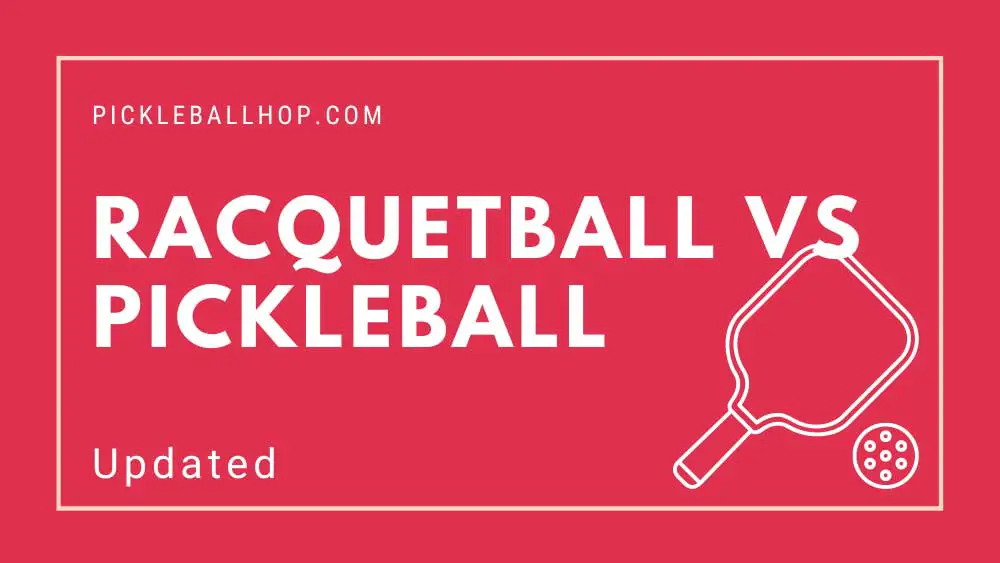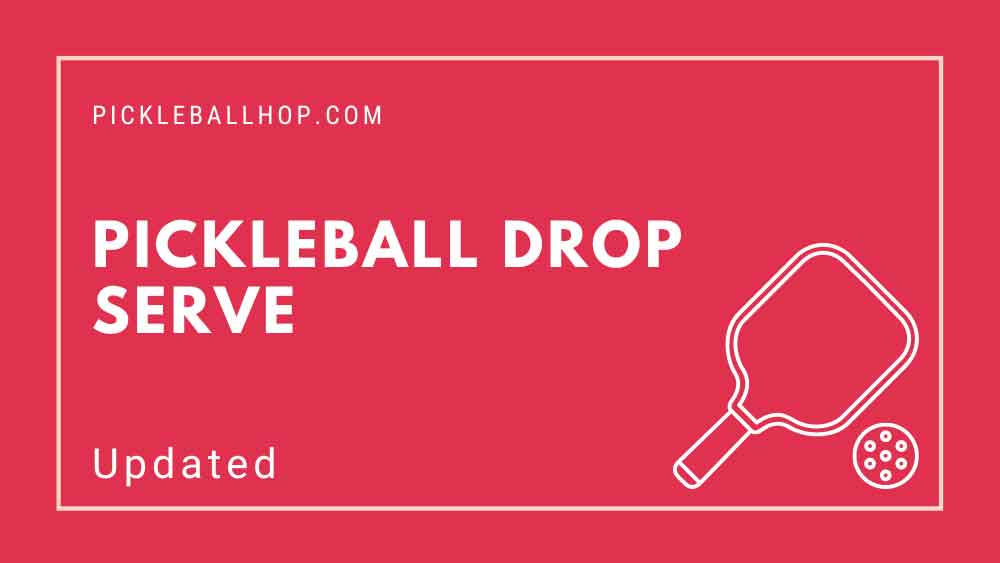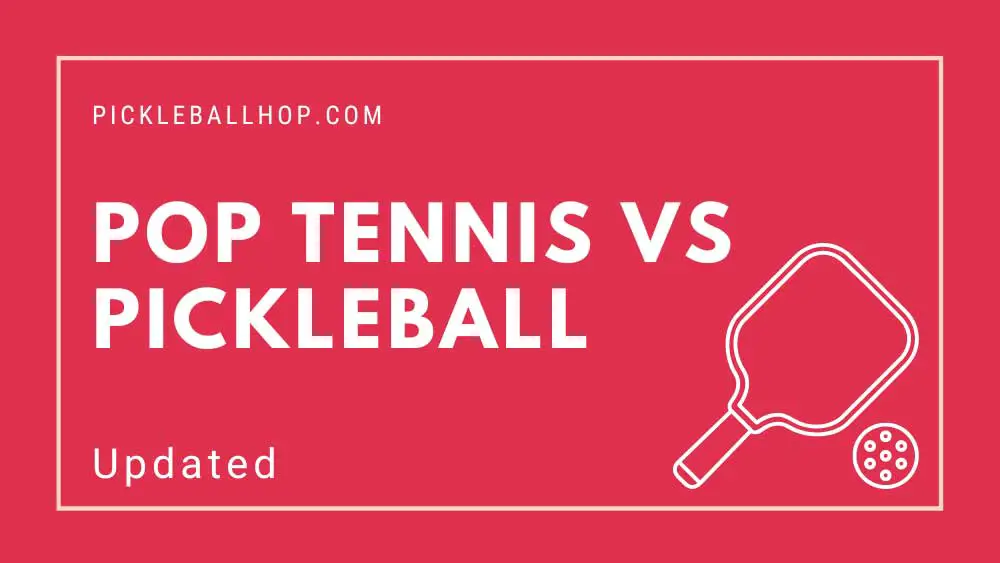There are always changes to pickleball rules each year. It won’t be any different in 2023 either. A vote by the USA Pickleball Board of Directors is needed for the following rule changes to become “official” in 2023.
In 2023, the one-handed spin serve that was legal in 2022 might be banned after the ban of the “chainsaw” serve a year earlier.
Despite the fact that many players argue that the serve seems to violate the “original intention” of the serve (just to get the rally started), as well as that it is too difficult to return – particularly for amateur players – they all agree that it violates court sense.
You may enjoy reading Pickleball Kitchen Rules
This issue, and several others, had to be addressed by the USA Pickleball Board of Directors for 2023, regardless of whether these arguments are valid.
Pickleball Rule Changes 2023: How Do They Happen?
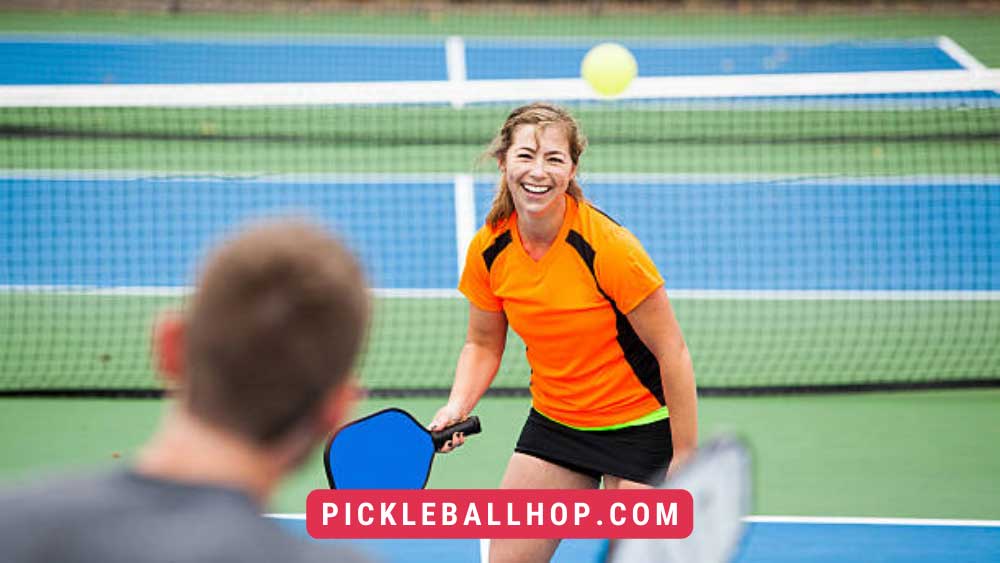
It is to everyone’s credit that rule changes have become more transparent over time. Potential changes are encouraged to be submitted by the USA Pickleball membership.
USA Pickleball received 78 rule change proposals for 2023.
USA Pickleball publishes the proposed changes for public comment once they have been submitted. As soon as public comments close, the USA Pickleball Rules Committee will review the proposed changes.
Here, either the proposed rule changes are approved for implementation, rejected, or reworded. The USA Pickleball Board of Directors will take over once the Rules Committee has finished its task. A final vote is taken on the proposed changes by the USA Pickleball Board of Directors.
USA Pickleball’s Board of Directors will vote up/down on any changes that make it through the process and into the Official Rulebook for 2023.
NOTE: USA Pickleball’s Rules Committee has approved these rule changes, but they must also be approved by the Board of Directors before they become “official”. Taking the rules committee’s advice seems like a safe bet, but stranger things have happened.
You may enjoy reading Padel Rules
The Rules of Pickleball Change?!
Pickleball rules are reviewed and revised annually by the USA Pickleball rules committee. In recent years, we’ve seen a few major changes in the sport (I’m thinking of spin-serves and drop-serves).
Check These Updates On Pickleball Rule Changes 2023
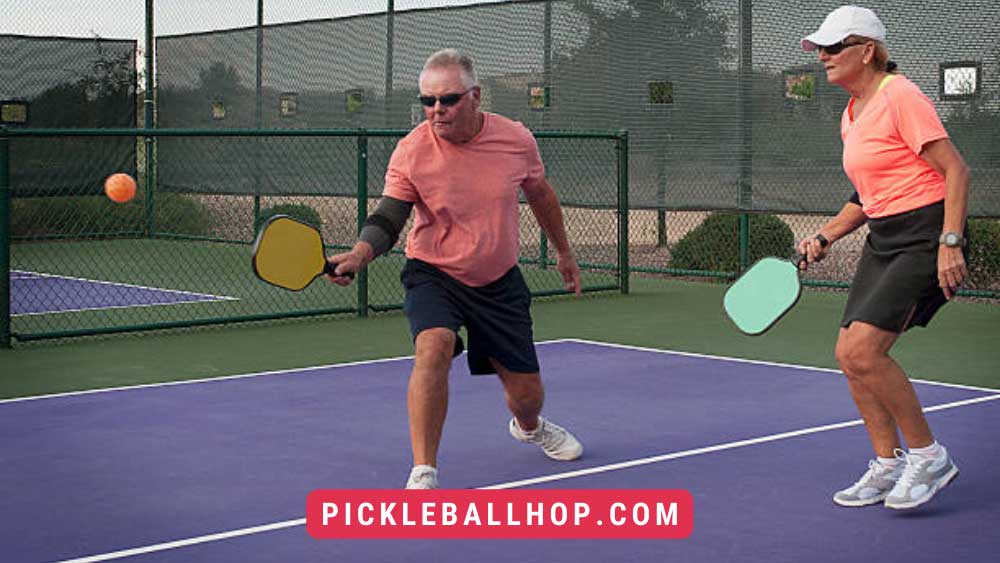
Here’s a short list of the most important pickleball rule changes 2023. There is more detail below, as well as notes on some of the less significant changes.
Spin Serve is Banned in 2023: Here’s Why
Let’s get right to it! ‘Spin serves’ will become illegal! USA Pickleball recently announced that the spin serves, or “snap serves,” will be banned starting in 2023.
After careful consideration, USA Pickleball has decided to prohibit the spin serve due to five reasons:
- It’s uncommon to be able to return a top-notch spin serve with equal skill.
- To ensure a successful reaction to spin serves, greater court coverage is needed.
- This skill is mastered by a few pros, granting them an undue advantage.
- For those who are new to the game, it can be especially discouraging.
- Initially, the service was meant for starting the game only; so it should stay that way, without any manipulation or spin from the server beforehand.
Avoid Wearing Clothing
with the same color as the ball. You need to keep your mind out of the gutter! This change has two parts. In particular, rule 2.G.1 has been amended, specifically mentioning that wearing clothing that “approximates the color of the ball” may pose a “Safety” or “Distraction” hazard, and the player may be required to change clothing. Please see below for more information.
Equipment Time-Outs
For equipment time-out, your team does not need to use their time-outs anymore. The limitation of “up to 2 minutes” has also been modified to “of reasonable duration”. In this case, if your paddle breaks or your shoe sole breaks off, you won’t have to use one of your time-outs, and it may even be reasonable to take longer than two minutes to find a replacement paddle or change into a new pair of shoes.
You may enjoy reading Pickleball Line Call Rules
Details & Explanations
Spin Serve Rule Changes for 2023
While it lasted, it was fun.
In addition, rule 4.A.5 (see below) now specifies that if the server deliberately produces a spin, even if there is already rotation occurring, then this will result in a reserve/replay being created.
Rule 4.A.5. The Volley Serve.
Serves must be performed using only one hand by the server. The server should not manipulate, spin, or manipulate the ball immediately prior to serving the ball, while some natural rotation is expected during the release of the ball from the hand. There must be visibility between the referee and the receiver when the server releases the ball. If the referee determines that manipulation has been applied or that the ball has been released without visible release, a reserve will be called.
Servers must release the ball to the receiver without a referee present. The server is forbidden from manipulating or spinning the ball before serving. Immediately after the serve, if the receiver determines that manipulation or spin has been imparted, or if it is not clear that the ball has been released, a reserve shall be called. Players with only one hand may release the ball using their hand or paddle.
Additional information regarding the voting status of the USAP Rules Committee can be found in the following section:
“Passed. 1) The original purpose was simply to begin to play with the serve. 2) A good spin serve is difficult for most players to master, and a good spin serve can be difficult to return. 3) The receiver needs more court space to react to spin serves. 4) This is only mastered by a select few players, giving them an unfair advantage. 5) Especially disturbing are the consequences for amateur players.
I find it interesting that much of the explanation for eliminating the spin serve revolves around the inability of many players to do it. Even though I am not necessarily in favor of it, I do find it interesting that many players are unable to do it. Many have made that argument, but it has often been countered by saying “too bad”.
I have never heard of the need for court space before, but it’s an interesting argument. There is some merit in this idea since spin serves are often able to kick sideways to the point of causing players to run into fencing/walls etc. if they are executed properly.
Do you miss the spin serve, or are you glad it is gone? Feel free to join the Pickleball Rules Facebook Group!
You shouldn’t wear clothes matching the ball’s color
First, there is a change in the rulebook, not exactly rules. It contains general guidelines and etiquette for players in the first section of the rulebook. Adding a note to 2023’s guidelines is that players shouldn’t wear clothing that matches the ball’s color.
As a result, it now specifies:
“It is essential to maintain the game’s underlying principles of fun and competition in Pickleball that the opponent is given the benefit of the doubt. To that end:”
“Clothing close to the ball color should be avoided by players.”
As a result of the second change, a rule (2.G.1.) has been updated as follows:
Rule 2.G.1. Keeping safe and keeping distracted. It may be necessary for a player to change inappropriate clothing. to 2.G.1. Distractions and safety. Clothing that approximates the ball’s color, or apparel that is inappropriate, may be required to be changed.
There isn’t much impact from this. In this situation, TDs have always had the option of changing their apparel. The tournament director is now responsible for requesting an apparel change. Essentially, this makes it clear that you should not do it and is written more clearly than in previous occurrences where it was merely referred to as a possible “safety” concern.
You may enjoy reading Singles Pickleball Rules
Voting status of the USAP Rules Committee
It passed. As a result, there are no additional punitive consequences. It is simply clarifying to make sure that if the clothing matches the ball color, the tournament director can request clothing changes to be made. Additionally, it suggests players not purposely wear the same color clothing as the ball during tournaments.
Equipment Time-Outs
There are two major changes. Firstly, time-outs don’t have to be used if there’s an equipment problem. The rule previously stipulated that if there was an issue with equipment, players would:
“…should use regular timeouts and between-game breaks to adjust and replace…”
In addition, while equipment timeouts could be awarded by the referee if the team didn’t have any timeouts, it now separates them from other timeouts. In general, this makes sense.
Suggested Changes and Their Reasons
By implementing this proposal, tournaments will deal with equipment time-outs consistently regardless of whether referees are present. If a player’s equipment malfunctions in a non-officiated tournament match, for example, a broken paddle, players will work out a reasonable accommodation. Time-outs aren’t usually ‘charged’ by opponents. Despite that, the rule has never been mentioned it. In matches without a referee, what happens naturally is codified in this proposal. In contrast, referees’ rules are prescriptive. That inconsistency has been removed by this proposal. We expect referees to use their best judgment in many situations, including situations where players cannot control circumstances, such as broken paddles, sunglasses, hats, etc.
You may enjoy reading Can you play pickleball with 2 players?
Other Rule Updates
Most people (except refs and rule nerds like me) will not be concerned with these other rule updates.
- When a player is hit by a ball, who is at fault?
Clarifications were made to rules 7.H. and 7.I. in which it was clarified that when a ball hits a player, it is their fault. The wording has been cleaned up so there’s no doubt, although we knew it already. - The wording is unclear: Hitting a ball that lands out of bounds is a fault.
According to rule 7.D., it is a fault to hit a ball that first lands outside the court or on one’s own side.” I admit that doesn’t make sense. There has been an update to the wording of the rule so that the revised wording reads: “A player hitting the ball which lands subsequently out of bounds or into their own side of the court.” Could you explain the reason behind your suggestion? - “If you hit a ball after it has already landed out of bounds, is it a fault? Is it a fault if you hit one and then it lands out of bounds first? The wording leaves room for ambiguity, so it’s difficult to know the intent. If “first” is replaced by “subsequently,” then the actions are in the correct chronological order..”
“Promptly” was removed from the wording on the line-call requirement
- Rule 6.D.8. specifies the importance of making out calls “promptly”, after which it goes on to define “Promptly”. In addition to removing the redundant additional phrasing, the requirement to make a prompt call still exists. In the past, it was:
6.D.8. A “pitch out” call must be made as soon as possible, otherwise the ball is presumed in play. The term “promptly” refers to calling the ball “out” before the opponent hits it or before it dies. - It has now been changed to:
- 6.D.8. An “out” call must be made before the opponent hits the ball or before the ball dies. Otherwise, it is presumed that the ball is still in play.
- I would like to clarify the reasoning in a few words:
- “In many instances, players remember the term ‘promptly’, but they define the word according to their own definition rather than what the rules specify.”
Other Rules
- For consistency, “side” has been replaced with “end”.
The format for 3 out of 5 withdrawals has been clarified.
Final Thoughts
Pickleball rule changes 2023 are notable for eliminating the one-handed pre-spin serve, the most notable of the 78 proposed changes.
All changes will take effect on January 1, 2023, once approved by the USA Pickleball Board of Directors.
You can suggest changes to USA Pickleball for consideration in the next rulebook version if you don’t agree with a particular rule.
I look forward to seeing you on the court.
You may enjoy reading Pickleball vs Wiffle Ball

